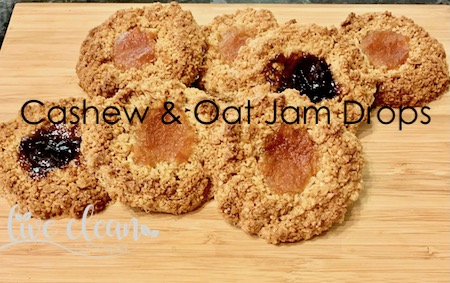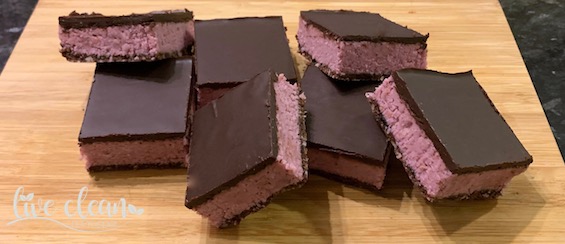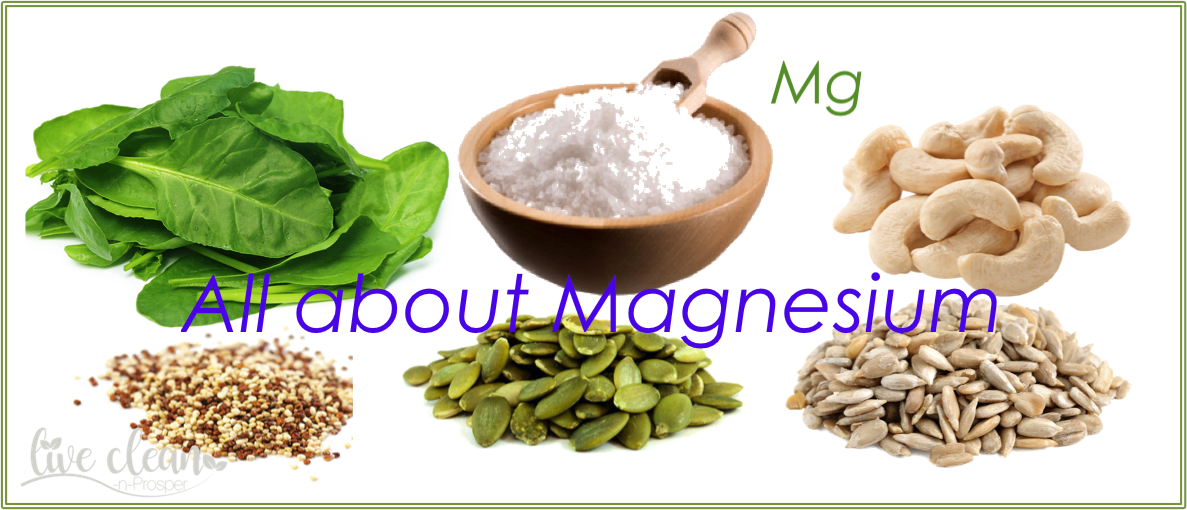Today I thought I would share another recipe – Cashew & Oat Jam Drops.
I saw this recipe in the paper. It is from a book called ‘The 16:8 Intermittent Fasting Lifestyle Plan’ by Jaime Chambers. They are so easy to make and require only a few ingredients.
I looked at the ingredients and thought I had everything in my pantry. I jumped right in and started. That’s when I realised I did not have enough of some of the ingredients required, so I had to improvise.
The result was still a success and that is the recipe I will share with you.
Cashew & Oat Jam Drops
Makes 16-18
Ingredients
2 cups of oats
1 cup raw, unsalted cashews
1/3 cup honey
1/3 cup maple syrup
100 gms butter (melted)
pinch of salt
jam (preferably one without added sugar)
Method
Preheat the oven to 180’c and line a baking tray with baking paper.
– Pulse the oats in a food processor till they are a fine crumb, then transfer to a large mixing bowl.
– Then do the same with the cashews and add to the bowl.
– In another smaller bowl, whisk the honey, syrup and butter together.
– When combined, add to the bowl with the dry ingredients with the salt and mix well.
– Using a tablespoon, place spoons of the mix onto the tray and press lightly into shape.
– I used a teaspoon to push depressions into the biscuits to hold the jam.
I then baked them for 15 min, took the tray out and put ½ a teaspoon of jam onto each biscuit before putting the tray bake into the oven for 5 min.
When golden remove the tray from the oven. Let the biscuits cool on the tray for a while before transferring to a wire rack. Allow the biscuits to cool completely before eating.
I hope you enjoy these homemade treats.
Till the next post,
Live clean n prosper



